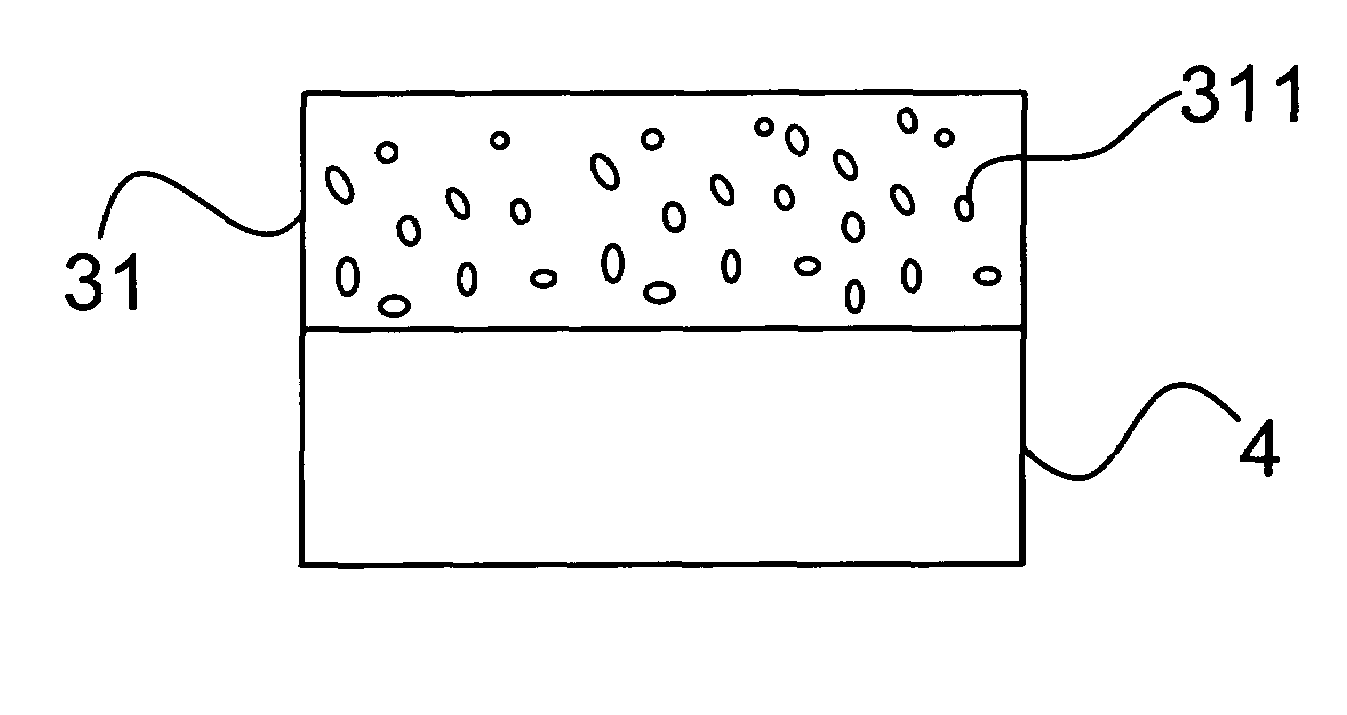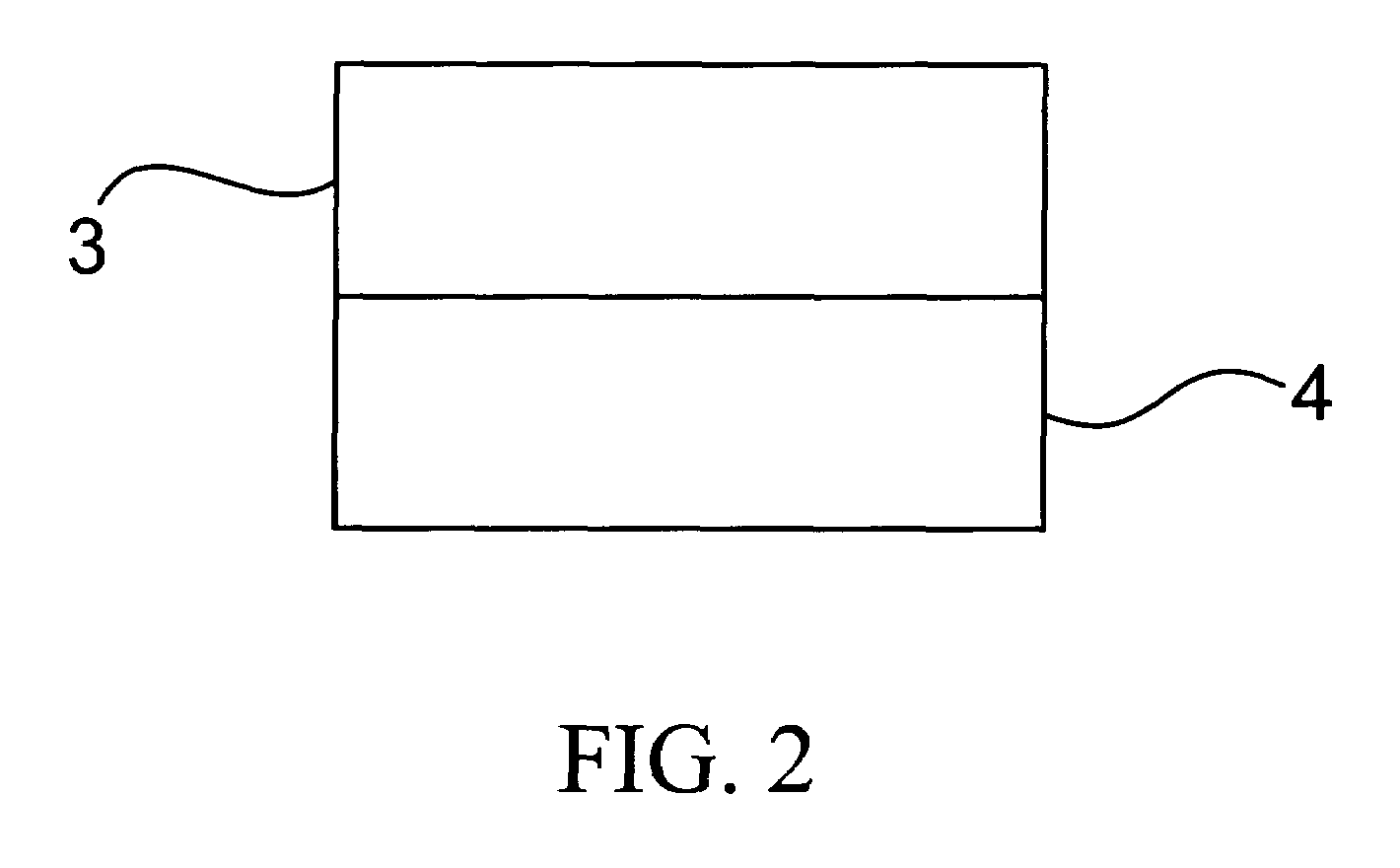Method for making red-light emitting diode having silicon quantum dots
a light-emitting diode and quantum-dot technology, applied in the direction of semiconductor devices, electrical devices, nanotechnology, etc., can solve the problems of not fulfilling users' requests on actual use, complex manufacture of ternary or even quaternary alloys, etc., and achieves low cost, enhanced luminescent strength, and high efficiency
- Summary
- Abstract
- Description
- Claims
- Application Information
AI Technical Summary
Benefits of technology
Problems solved by technology
Method used
Image
Examples
Embodiment Construction
[0013]The following description of the preferred embodiment is provided to understand the features and the structures of the present invention.
[0014]Please refer to FIG. 1, which is a view showing a flow chart according to a preferred embodiment of the present invention. As shown in the figure, the present invention is a method for making a red-light emitting diode (red-light LED) having silicon (Si) quantum dots, comprising the following steps:
[0015]Step (a): A non-stoichiometric silica film covering on a substrate is grown through an atmosphere chemical vapor deposition (APCVD).
[0016]Step (b): An annealing treatment to the substrate is processed to obtain a phase separation in the non-stoichiometric silica film so that a silica film having Si quantum dots (Si QDs-SiO2 film) is formed on the substrate.
[0017]And, step (c): the Si QDs-SiO2 film is put into a vacuum stove for a surface treatment in an environment of oxygen gas (O2) added with a catalyst (e.g., a chemical reactant).
[00...
PUM
| Property | Measurement | Unit |
|---|---|---|
| temperature | aaaaa | aaaaa |
| temperature | aaaaa | aaaaa |
| temperature | aaaaa | aaaaa |
Abstract
Description
Claims
Application Information
 Login to View More
Login to View More - R&D
- Intellectual Property
- Life Sciences
- Materials
- Tech Scout
- Unparalleled Data Quality
- Higher Quality Content
- 60% Fewer Hallucinations
Browse by: Latest US Patents, China's latest patents, Technical Efficacy Thesaurus, Application Domain, Technology Topic, Popular Technical Reports.
© 2025 PatSnap. All rights reserved.Legal|Privacy policy|Modern Slavery Act Transparency Statement|Sitemap|About US| Contact US: help@patsnap.com



